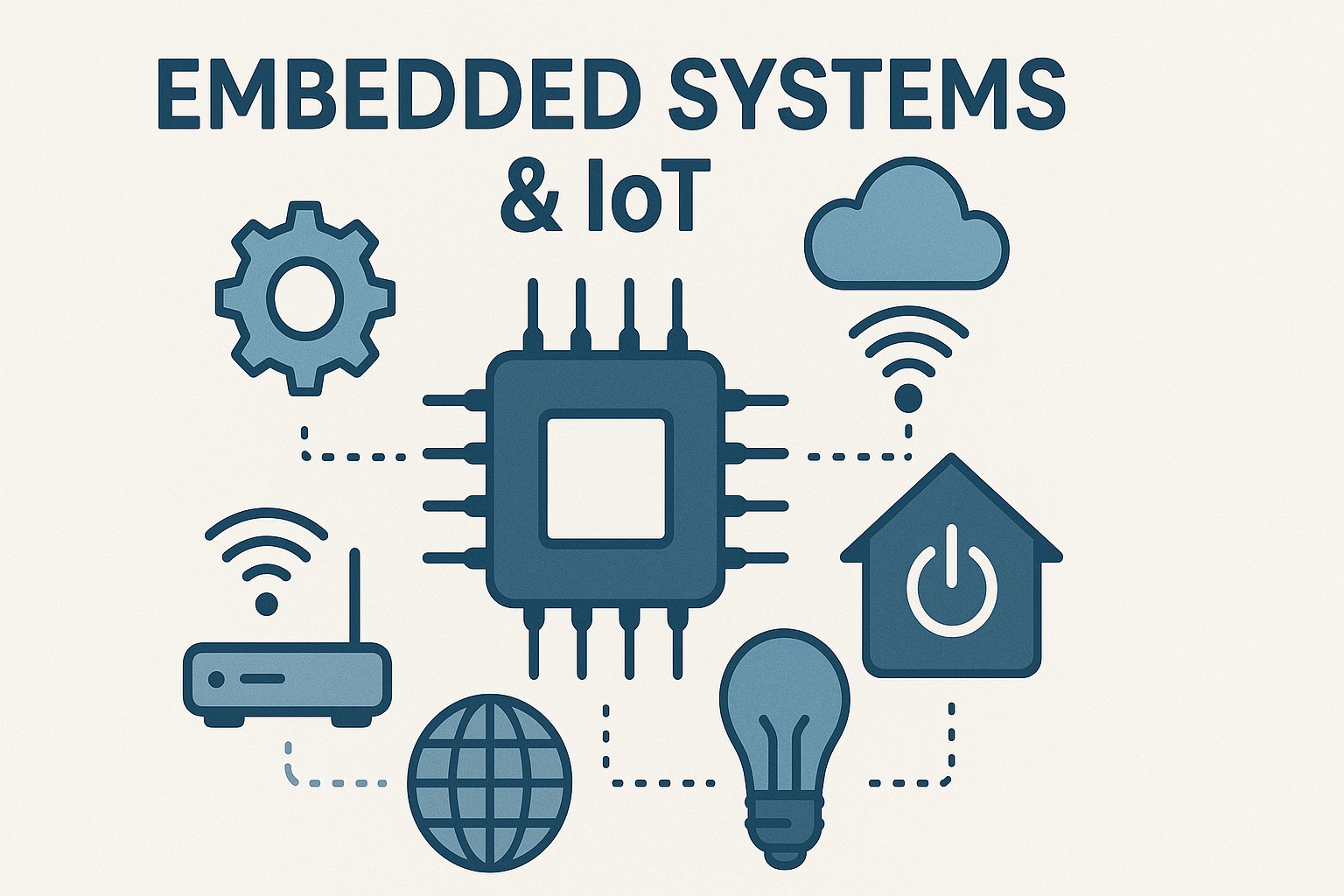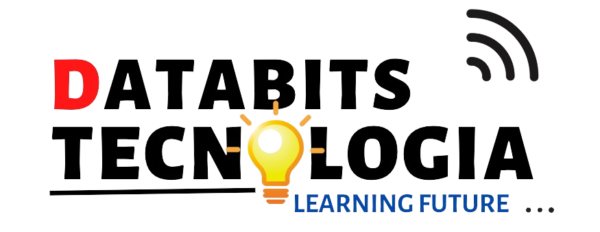
About Course
The Embedded Systems and IoT course focuses on the design, development, and integration of embedded systems with Internet of Things (IoT) applications. It teaches how to create devices that interact with the real world through sensors, actuators, and controllers, with the ability to communicate via networks. The course covers both the hardware and software aspects of embedded systems, including microcontroller programming, sensor integration, communication protocols, and cloud-based data exchange.
Students will learn to design embedded systems for various applications, including home automation, healthcare, industrial control, and smart devices, and understand how IoT connects the physical and digital worlds.
Course Content
Introduction to Embedded Systems
-
Definition and characteristics of embedded systems
-
Basic hardware components: microcontrollers, sensors, actuators, memory, and power supplies
-
Embedded system design considerations: reliability, performance, power consumption, real-time behavior
-
Overview of common embedded systems (e.g., Arduino, Raspberry Pi, BeagleBone)
